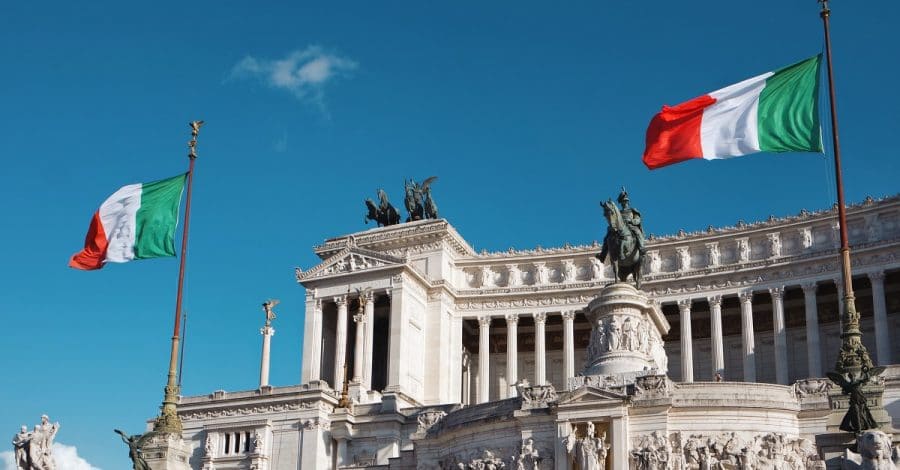Many people intend to move to Italy hoping to make a living, looking either for traditional jobs in Italy, remote work, freelance work, or running their own business. Thanks to European freedom of movement laws, working in Italy is easily possible for EU citizens, dual citizens with Italian citizenship and spouses of EU citizens. However, for people from non-EU countries, such as the United States and hundreds of other countries around the world, working in Italy is highly restricted.

Working in Italy for Non-EU Citizens
Americans, British, Australians and anyone from outside the European Union moving to Italy are not automatically allowed to work. They would need to secure a work permit and a work visa to be able to work in Italy. Information about applying for a work visa in Italy is available on your local Italian consulate websites. The process may sound simple, but in reality, obtaining a work-related visa is much more difficult than it appears at first.
The number of Italy work visas is strictly limited by a quota published annually by the Italian government in Decreto flussi for non-EU citizens seeking employment, self-employment and seasonal work in Italy. The number of work visas changes every year.

While the quota used to be much larger as recent as ten years ago, it has been sharply and steadily decreasing in recent years, from hundreds of thousands to less than 70,000 in 2022.
Additionally, the vast majority of visas (42,000) are assigned to temporary seasonal workers. Another 27,000 spots are allocated for non-seasonal workers and self-employed, of which 20,000 go to transportation, construction and tourism jobs.
Self-employment in Italy for Non-EU Citizens

If you do the math, once you subtract the seasonal and non-seasonal workers, the remaining number of work visas is not very high. Only 500 visas are set aside for self-employment seekers, who must meet one of the following rather strict criteria:
- Entrepreneurs using their own resources no less than €500,000 from legitimate sources and create a minimum of three new jobs
- Freelancers in regulated and unregulated professions included in the lists maintained by the public administration
- Famous artists or artists of well-known professional qualification
- Holders of corporate administration and control positions
- Foreign citizens for the establishment of “innovative start-ups” under the Italia Start Up Visa program
Converting a Permesso di Soggiorno to a Work Visa
The annual work visa quota also sets aside a few thousand spots (7,000 in 2022) for those who want to convert their residence permit to a resident permit for work, such as from a student visa to a work permit.

For seasonal and non-seasonal employment, the applications for work visas must be submitted online on the Italian Interior Ministry website, by the employers. In the case of self-employment and resident permit conversions, the applicant must apply. Visa applications are processed in the order they are received. Needless to say, since there is such a limited number of work visas available every year, it is vital to apply as soon as the quotas are published and the application process opens.
Related reads:
How to find a job in Italy as a foreigner
Best jobs in Italy for English-speaking expats

